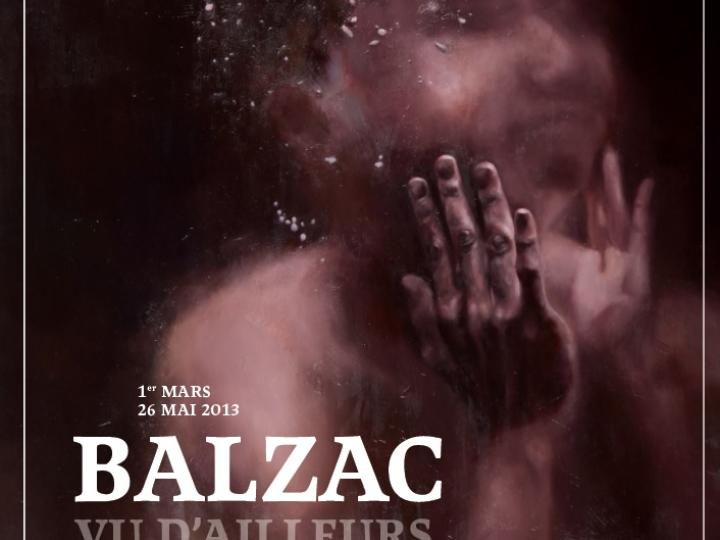Horaires : 10 AM - 6 PM
Plein tarif / Tarif réduit : /
Past Exhibitions
Du 1er mars au 26 mai 2013
Horaires : 10 AM - 6 PM
Plein tarif / Tarif réduit : /

The young artists found in Balzac’s work a powerful echo of their daily preoccupations; their pieces endeavor to bring a sense of balzacien thought to their self-interrogations. They discuss the obstacles met by artists in a world little concerned by art; social injustices; the ravages of alcohol and drugs; the consequences of human passion; the difficulty for a sensitive soul to blossom when money determines social interactions; all of these themes that obsessed Balzac give rise to original creations with reflections of humor, optimism, and sensitivity. The majority of these works return to the culture and the daily life of a specific country, presenting its difficulties as its splendors. The exposition is as much a discovery of Taiwanese culture as it is a re-reading of La Comedie Humaine.
The exoticism of the work attests to the universality of Balzac’s oeuvre, that even though the young artists do not identify as 19th century romanciers, they do value the work of a man who depicts man as he is most constant. The young artists understood very quickly that La Comédie Humaine constitutes an extraordinary tool for analysis of the social sphere, adaptable today in Taiwan just as it was yesterday in Paris, and they returned this fact to their pieces: the skin of grief is in this way associated with the thaw of a glacier, one like the other diminishing depending on men’s thirst for pleasure; Eugenie Grandé’s sad destiny and Father Goriot tragic end nourish fondamental interrogations of solitude, degradation, and death; Father Goriot avarice provokes an original reflection of minimum wage.
Another sensibility, different landmarks, an unexpected workshop, are all recommended to visitors. Will these young Taiwanese bring about a new day for analysis of the most read French writer in the world? That is the challenge of the new exposition at the same house where La Comédie Humaine was conceived.